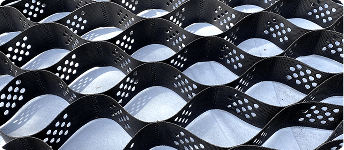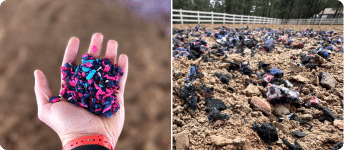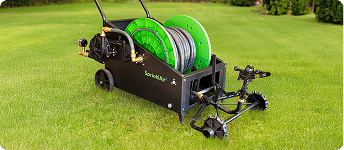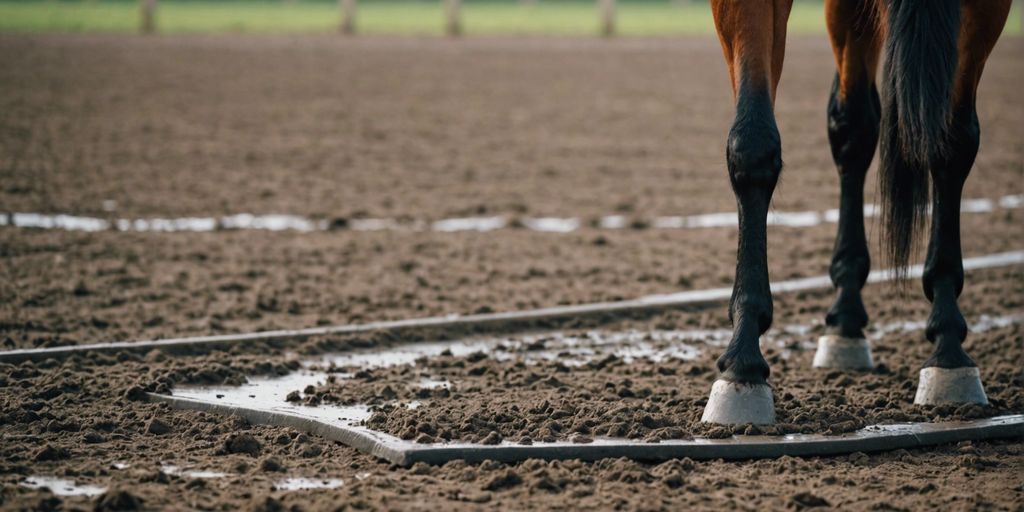Understanding Mud Control Mats for Horses
Mud control mats are specialized surfaces designed to eliminate mud in horse paddocks, providing a stable and dry environment. These mats are crucial for horse health, as muddy conditions can lead to problems like hoof abscesses, rain rot, and other hoof-related issues. Mud control grids support the weight of horses, livestock, and even vehicles, making them a versatile solution for equestrian facilities.
Benefits of Mud Control Mats
Mud control mats offer several key benefits:
Improved Drainage: The design allows water to pass through the grids, preventing puddles and flooding.
Hoof Health: By creating a solid, mud-free surface, these mats reduce the risk of thrush, abscesses, and laminitis.
Paddock Cleanliness: A stable surface means easier paddock maintenance, leading to a cleaner, healthier environment for horses.
Cost Savings: Reduced maintenance and vet bills as a result of cleaner, more stable paddocks.
Common Materials for Mud Control Mats
Plastic Grids: Durable but can become slippery when wet.
Rubber Mats: Provide a softer surface but can shift if not properly anchored.
PaveCore Porous Paving Solutions: Excellent drainage but more expensive to install.
BaseCore Geocell Grids: These expandable grids, combined with PF Geotextile Fabrics, offer superior ground stabilization, drainage, and durability.
Selecting the Right Mud Control Mats
Key considerations include:
Durability to withstand horse traffic.
Ease of Installation to reduce labor costs.
Maintenance Requirements to ensure long-term use.
Cost—balance initial investment with long-term savings.
Expert Recommendations
BaseCore geocell expandable grids, paired with PF Geotextile Fabrics, are widely recommended for optimal mud control. This combination provides a long-lasting, stable surface that enhances drainage and prevents soil mixing.
Installation of Mud Control Mats
Prepare the Area: Clear debris and level the ground.
Lay Geotextile Fabric: This layer separates soil from the mats and enhances drainage.
Position the Grids: Securely interlock BaseCore geocell panels over the fabric.
Fill the Grids: Add gravel or crushed stone for stability.
Final Touches: Optionally, top with sand or fine gravel for added comfort.
Maintenance Tips
Routine checks are essential to ensure proper drainage and stability. Regular cleaning to remove debris and inspection for any signs of wear will extend the mats’ lifespan.
Conclusion
Mud control mats are a valuable investment for horse owners. They improve paddock cleanliness, prevent hoof problems, and provide a stable walking surface. With options like BaseCore geocell grids, you can find a solution that balances durability, installation ease, and cost. Proper installation and maintenance will keep your paddock mud-free, benefiting both your horses and your property.




